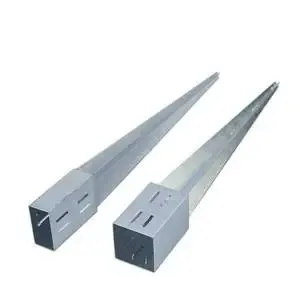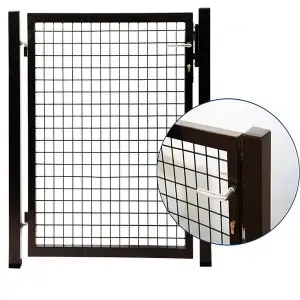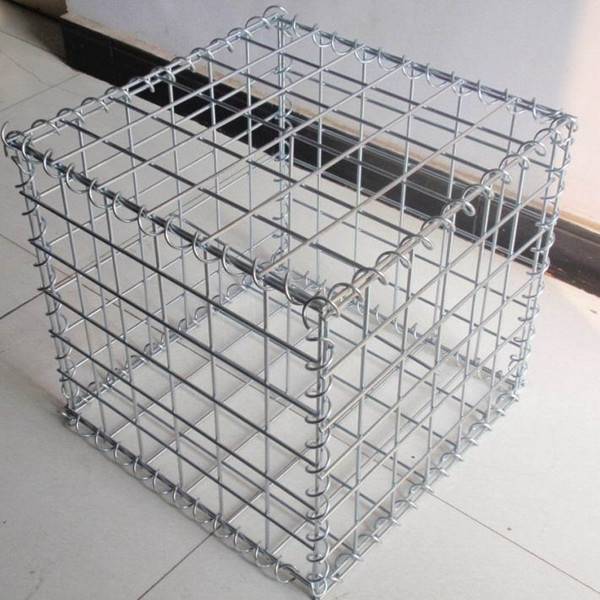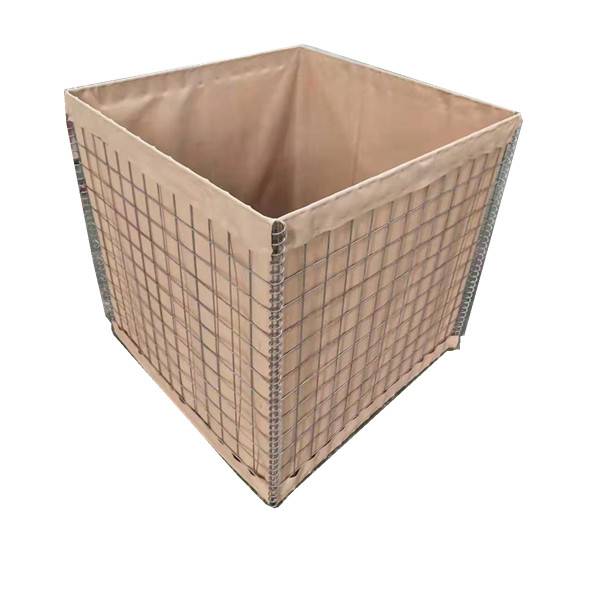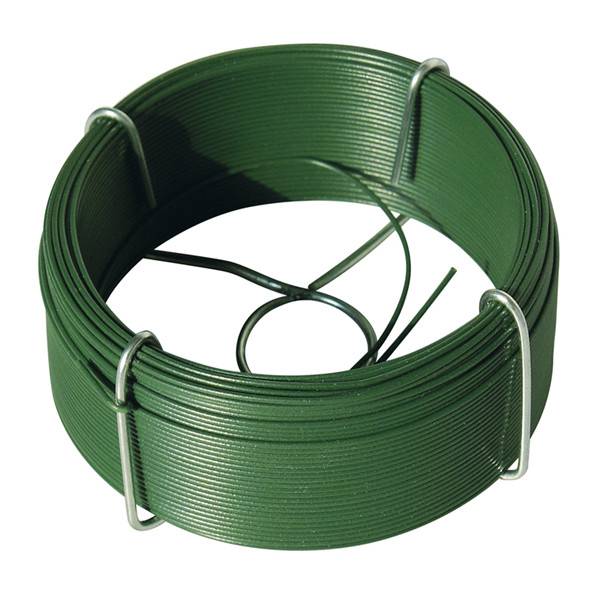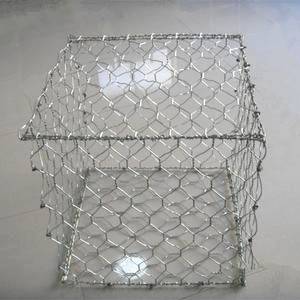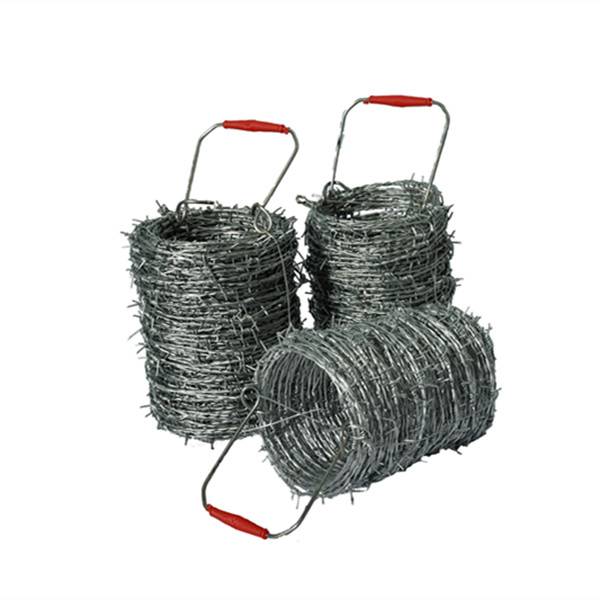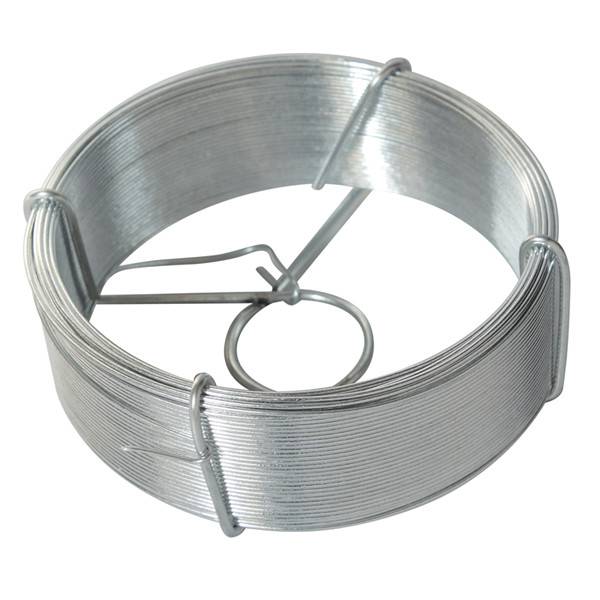
Dec . 25, 2024 07:15 Back to list
Cost Analysis of Welded Wire Mesh for Different Applications and Industries
Understanding the Cost of Welded Wire Mesh Factors and Implications
Welded wire mesh, a versatile construction material, plays a crucial role in various applications, ranging from reinforcement in concrete structures to use in fencing and agricultural projects. However, understanding the cost associated with welded wire mesh is essential for businesses and individuals looking to make informed purchasing decisions. This article will delve into the factors affecting the cost of welded wire mesh, its various applications, and the implications of these costs for different industries.
What is Welded Wire Mesh?
Welded wire mesh consists of strands of wire that are electrically welded at intersections to create a grid-like structure. The wires are typically made from steel or other materials, with varying diameters and spacings to suit different applications. The mesh is available in numerous sizes, designs, and coatings, making it suitable for residential, commercial, and industrial use.
Factors Affecting the Cost of Welded Wire Mesh
1. Material Costs The primary driver of welded wire mesh prices is the cost of raw materials. Steel prices can fluctuate based on market demand, supply chain dynamics, and geopolitical considerations. In recent years, increases in global steel demand have led to rising prices, which directly impact the cost of welded wire mesh.
2. Manufacturing Process The process of creating welded wire mesh involves several steps, including cutting, bending, and welding the wire. The complexity and efficiency of the manufacturing process can also influence the overall cost. Advanced technologies and automated machinery may increase setup costs but can lower the price per unit through higher production efficiencies.
3. Wire Gauge and Spacing The wire gauge (thickness) and spacing between wires significantly affect the mesh's strength and durability. Heavier gauge wire typically costs more due to the increased material used. Similarly, tighter spacing can offer enhanced reinforcement properties but may generate higher costs compared to looser mesh configurations.
4. Coatings and Treatments To enhance durability and resist corrosion, welded wire mesh is often coated with materials such as galvanized zinc or PVC. These coatings add to the overall cost but are critical for applications in harsh environments, such as coastal areas or regions with heavy rainfall.
5. Size and Customization The size of the welded wire mesh also affects its cost. Standard sizes tend to be less expensive due to economies of scale in production. However, custom dimensions or specific design requirements will typically incur higher costs, as these may necessitate additional manufacturing processes.
6. Shipping and Logistics The costs associated with transporting welded wire mesh can vary widely based on location, volume, and delivery timelines. Bulk orders may qualify for lower shipping costs, but larger mesh grids may also be more challenging to transport, leading to increased logistical expenses.
cost of welded wire mesh
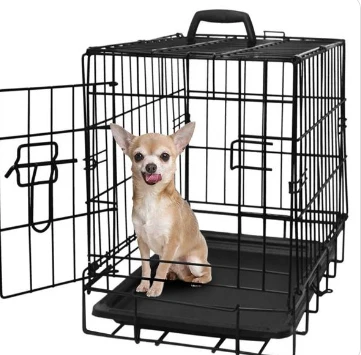
Applications of Welded Wire Mesh
Welded wire mesh is used extensively across multiple industries
- Construction In construction, it's often used for reinforcing concrete slabs, walls, and foundations. Its strength helps distribute loads and improve structural integrity. - Agriculture Farmers utilize welded wire mesh for fencing livestock and protecting crops from wildlife. Its durability ensures long-lasting protection and reduced maintenance costs.
- Industrial uses It serves in a variety of industrial applications, such as security fencing, storage enclosures, and equipment protection.
- Architectural Welded wire mesh finds applications in architectural designs, including decorative panels and screens, due to its aesthetic flexibility.
Implications of Cost
The cost of welded wire mesh has significant implications for budgeting in construction and manufacturing projects. Understanding these costs allows businesses to make informed decisions about materials, identify potential savings, and plan for future needs effectively. Additionally, price fluctuations in welded wire mesh can affect project timelines and feasibility.
Investing in high-quality welded wire mesh may have higher upfront costs, but it can lead to long-term savings by minimizing replacements and repairs due to its durability and performance in various conditions.
Conclusion
The cost of welded wire mesh is influenced by multiple factors, including material prices, manufacturing processes, gauge and spacing, coatings, and logistical considerations. By recognizing these factors, industries can better navigate the market, ensuring their projects are both economically viable and aligned with quality standards. Whether in construction, agriculture, or industrial applications, understanding the cost implications of welded wire mesh is crucial for effective project planning and successful outcomes.
-
Why a Chain Link Fence is the Right Choice
NewsJul.09,2025
-
Upgrade Your Fencing with High-Quality Coated Chicken Wire
NewsJul.09,2025
-
The Power of Fence Post Spikes
NewsJul.09,2025
-
The Best Pet Enclosures for Every Need
NewsJul.09,2025
-
Secure Your Property with Premium Barbed Wire Solutions
NewsJul.09,2025
-
Enhance Your Construction Projects with Quality Gabion Boxes
NewsJul.09,2025
Products categories




